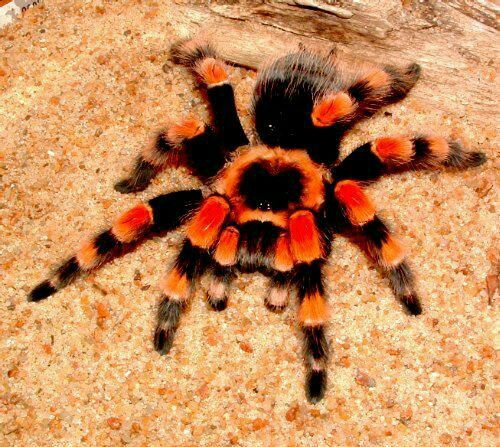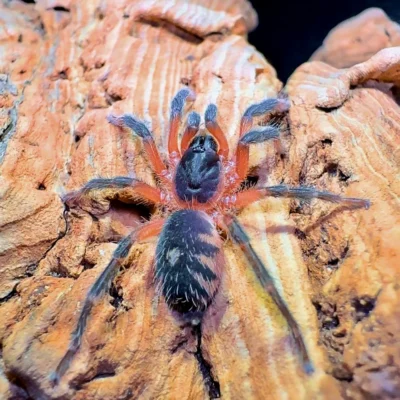a deeper dive into juvenile tarantulas, Everett—perfect for care guides, listings, or breeding strategy. Juveniles are past the fragile sling stage but not yet sexually mature, making them a sweet spot for growth tracking, species identification, and long-term investment.
🕷️ Juvenile Tarantula Profile
| Attribute | Details |
|---|---|
| Instar Range | Typically 4th–7th instar |
| Size | ~2.5–6 cm (1–2.5 inches) leg span |
| Molting Frequency | Every 3–6 months, depending on species and feeding |
| Sexual Maturity | Not yet reached—usually 2–4 molts away |
| Behavior | More stable than slings; feeding regularly; less skittish |
Juveniles begin to show species-specific coloration and temperament, making them easier to identify and care for than spiderlings.
These are unsexed juveniles, ideal for long-term projects and display setups.
🏡 Enclosure Setup
- Tank Size: 1–5 gallons, depending on species
- Substrate: 2–4 inches of coco fiber, peat moss, or topsoil
- Temps: 72–82°F (22–28°C)
- Humidity: 60–80%, species-dependent
- Hides: Cork bark, leaf litter, burrow zones
- Water: Shallow dish or misting
Juveniles thrive in naturalistic microhabitats that support burrowing or climbing, depending on genus.
🍽️ Feeding & Molting
- Diet:
- Small crickets, roach nymphs, mealworms
- Prey should be no larger than the tarantula’s abdomen
- Feeding Frequency: Every 5–7 days
- Molting Signs:
- Refusal to eat
- Darkening of the abdomen
- Increased hiding behavior
- Bald spot on the opisthosoma darkens
Juveniles molt frequently, supporting rapid growth and visible changes in coloration.
🧠 Behavior & Temperament
- Nocturnal: Most active at night
- Handling: Not recommended—still skittish and fragile
- Temperament: Species-dependent; some are bold, others reclusive
- Social Behavior: Some juveniles show brief gregarious phases near maternal burrows
They’re ideal for behavioral observation, growth tracking, and educational setups.
Legal & Ethical Notes
- Always source captive-bred juveniles with documentation
- Avoid wild-caught imports—juveniles are often poached due to high demand
- Never release into the wild—can disrupt native ecosystems






Reviews
Clear filtersThere are no reviews yet.